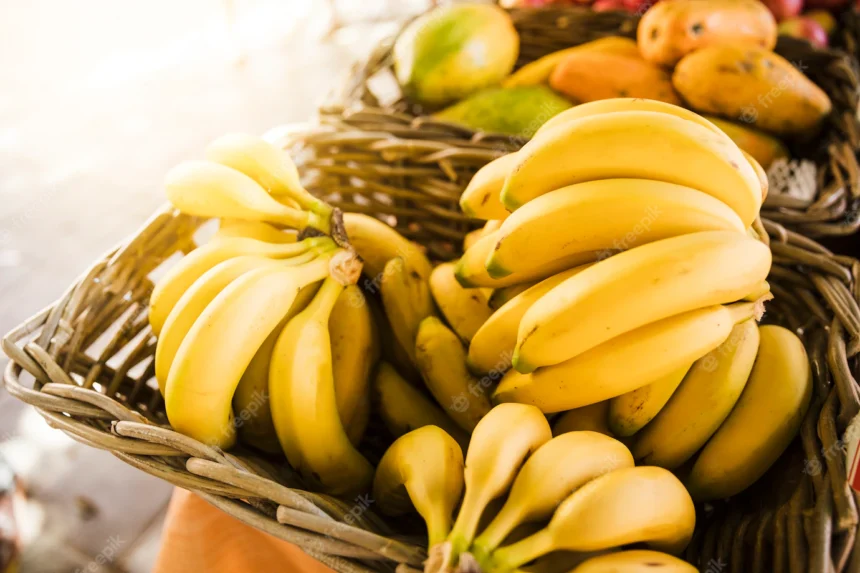Symptoms Of Banana Bacterial Wilt You Should Look Out For In BananasChatGPT
Banana bacterial wilt, caused by the pathogen Xanthomonas campestris pv. musacearum, is a devastating disease that affects banana plants. The symptoms of banana bacterial wilt can vary depending on the stage of the infection, but here are some common signs to look out for:
- Wilting and yellowing leaves: Infected plants may exhibit wilting and yellowing of leaves, starting from the lower leaves and progressing upwards. The yellowing may begin as small spots or streaks and gradually spread throughout the leaf.
- Internal discoloration of the pseudostem: The pseudostem (the main stem of the banana plant) may show dark streaks or discoloration when cut open. This discoloration typically starts at the base of the pseudostem and moves upward.
- Splitting and rotting of the fruit: Infected fruits may develop premature ripening, splitting, and rotting. The fruits may show dark, sunken lesions or ooze bacterial exudates.
- Reduced bunch size: Infected plants often produce smaller and fewer bunches compared to healthy plants.
- Stunted growth: The overall growth of infected banana plants may be stunted. They may appear smaller and less vigorous than healthy plants.
It’s important to note that these symptoms may also be caused by other factors such as nutrient deficiencies, fungal diseases, or environmental stress. To accurately diagnose banana bacterial wilt, it is recommended to consult with agricultural experts or plant pathologists who can conduct laboratory tests for confirmation.
If you suspect your banana plants are affected by bacterial wilt, it is crucial to take immediate action to prevent the spread of the disease. Quarantine and destroy infected plants, practice strict hygiene measures, and consider using disease-resistant banana varieties where available.
Join 'Farmers Mag' WhatsApp Channel
Get the latest Farming news and tips delivered straight to your WhatsApp
CLICK HERE TO JOIN






